As humans, we like to have fun and we can easily recognize when another person is having fun. But what do birds do for fun? Can they even have fun? Let’s explore bird behavior a little and find out just what birds like to do for fun.
Birds do many things for fun such as riding waves and hanging from objects. Some of their behaviors are more skill-building than fun and are easily misinterpreted. More intelligent birds such as Magpies and Ravens have been observed doing things that seem to have no purpose other than amusement.
The rest of this article will explore the amazing and sometimes bizarre world of birds at play. We’ll take a look at some behaviors that are used to build skills and others that seem to be done just for the sheer thrill of it. I have also included some videos that are guaranteed to make you laugh.
What Is Bird Play And What Is Not?
Before we can figure out if a bird is doing an activity for fun, we need to look at its behavior and see if it might just be skill-building. Birds do a lot of things such as “play-fighting” to learn the skills they need to survive in the wild.
Humans will quite often see birds engaging in an activity such as fighting and instinctively think “oh look, those birds are play-fighting.” What they are doing is practicing how to defend themselves from rivals or how to win a contest to mate with a female.
Many other skill-building behaviors can seem like play. Young birds of prey will toss sticks in the air and then pounce on them, clearly rehearsing the hunting techniques they will need as adults. Young Hornbills also toss and catch sticks. They crush them with their beaks in the same way they will a snake or scorpion in later life.
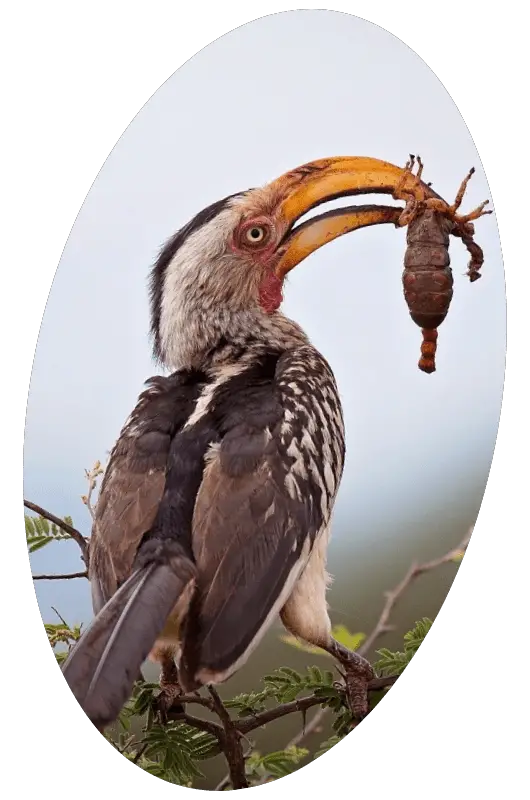
Because young birds playfully do these things, we assume that they are playing. Unless someday we invent technology that allows us to communicate with birds, we may never know if they are having fun while doing these things. However, their body language certainly suggests that they are.
Find out what other things birds do all day in this article here on my blog.
Things That Birds Do For Fun
Some bird behaviors seem to have no purpose whatsoever other than amusement. If we can’t link their actions with any kind of skill development, then we must assume they are just having a good time.
The Crow in this video is having fun. I don’t know about you but this looks an awful lot like tobogganing to me:
Other birds such as Swans and Ducks have been observed doing what could only be described as surfing. If this behavior happened just once then you could assume they were just making their way back to shore, but the birds in this video below apparently went back for more again and again:
This next video shows some Ducks dropping in on some stationary wave action:
I can’t think of any reason that those Ducks would have for jumping into that fast-flowing current. If they were merely trying to cross the river, they would all have just floated away with the current. The fact that at least one of them stays on the wave suggests they were enjoying the experience.
How often do birds poop? If you really want to know – click here.
Australian Magpie Behavior
If there is a bird that knows how to have fun, it’s the Australian Magpie. These charismatic black and white birds have a kind of love-hate relationship with Aussies. They are notorious for swooping and pecking at people (especially cyclists) during Spring; a behavior they do purely to protect their young.
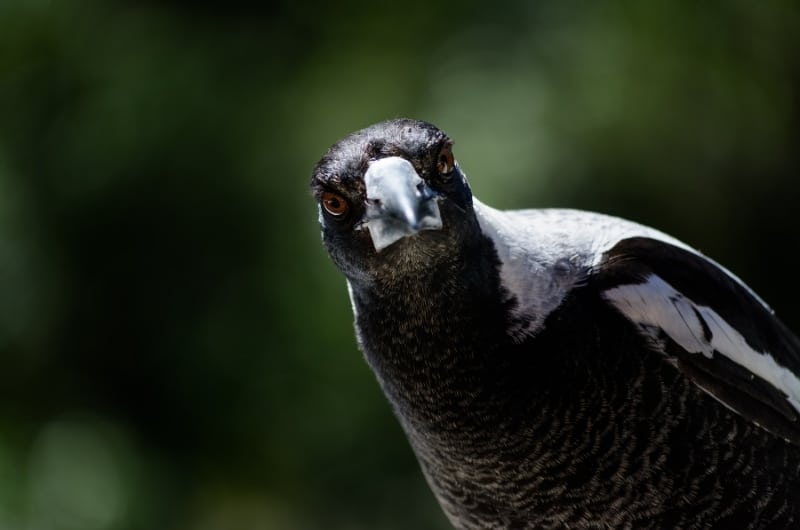
Magpies are also known for being exceptionally tame and will sometimes become very attached to a particular person, such as the birds in this video:
Hanging upside down from this woman’s clothesline is definitely something these birds are doing for fun. In the wild, there would be no reason for a Magpie to hang inverted like this.
The “play” they are doing with the toys she provides I see as just foraging behavior. They are inspecting each item she has put out to see if it might be something edible. They also fight over the toys in the same way they would a worm or a grub in the wild.
Other Birds That Have Fun Like Magpies
This video shows some Crows exhibiting the same hanging behavior as the Magpies above:
Magpies are very playful birds, they can often be seen fooling around and doing the funniest things. They are quite intelligent birds too, which seems to be a prerequisite for fun-focused behavior in most birds.
Ravens, Crows, the New Zealand Kea, Macaws, and Cockatoos are all very smart birds that also engage in a lot of playful behavior. I guess that intelligence brings with it a lot of extra exertion and the adage “all work and no play…” stands true here.
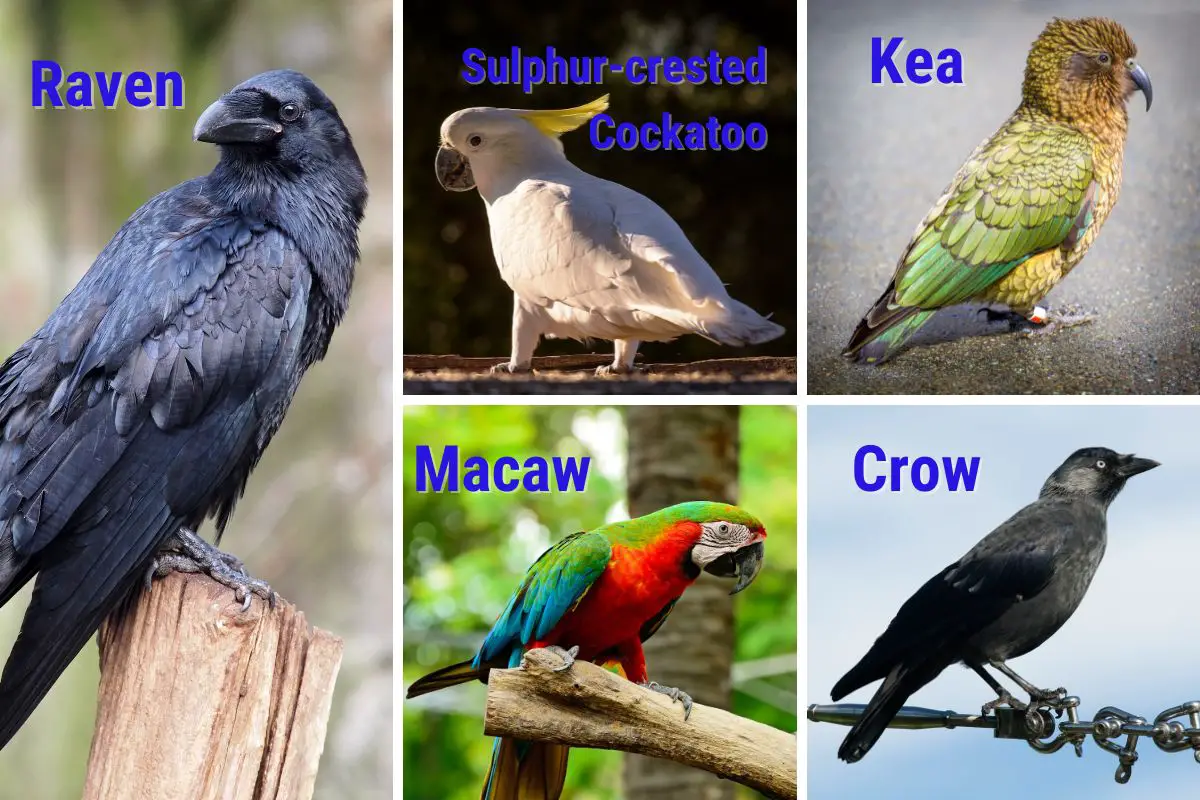
Do Birds Play In The Wind?
Birds do play in the wind. Fledgling Frigatebirds will steal feathers or seaweed from each other in mid-flight; Ravens will ride thermal updrafts in the Grand Canyon over and over again; Jackdaws will also play in the wind, rising, dipping, and turning in a playful way.
During my research for this article, I came across a Quora comment in which a man reports seeing Ravens playing in thermal updrafts near the south rim of the Grand Canyon.

While hiking the Tanner Trail Bob Cormack noticed Ravens riding a thermal created by a north wind that day. The birds were rising on the updraft, folding back their wings and diving to the bottom at incredible speed. Upon reaching the bottom, the birds would repeat this process.
People who were with Bob at the time started to cheer as the Ravens dove past. One bird seemed to like the attention and started to come directly above them to start its dive. After a while, the same bird (perhaps, it was of course impossible to tell) started pulling out of its dive right above them and shooting out over the canyon.
If this raven wasn’t having fun and showing off (for humans, even!), then what was it doing?
Bob Cormack
This particular bird then started to perform a snap roll (a horizontal spin) by folding one wing into its body. It performed this maneuver 4 or 5 times.
A lot of birds are scared of humans, find out why in this article right here on my blog.
Do Birds Play Dead?
Some birds do in fact play dead. Domestic Chickens and some Ducks will feign death when attacked by a predator. They become completely motionless and limp and will do so until released or until the predator has moved on. This behavior has been studied and seen in more than 20 species of birds.
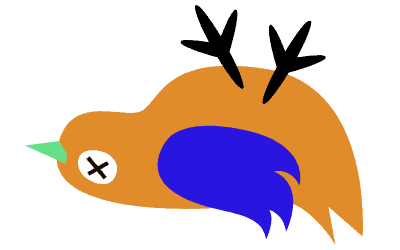
Studies done on domestic fowl have shown that they will play dead in the response to a predatory attack. The behavior is linked to the time of day when predators will normally attack; more likely to occur at dusk than at dawn.
An article in the American Midland Naturalist from July 1975 presents the results of a study done on approximately 50 ducks of 5 different species. The ducks would feign death when attacked by red foxes, becoming immobile immediately upon being attacked and remaining so from 20 seconds up to 14 minutes.

It is thought that birds will do this because predators such as a fox will not attack dead prey and do not eat prey immediately after it has died. Playing dead may provide them with a chance to escape. As this is not effective 100% of the time, it seems a fruitless thing to do.
Chickens Play Dead Too
You can observe this behavior in the video below. In this footage, two men “hypnotize” a chicken by holding it down and drawing a chalk line in front of its face:
This appears to me to be simply a naturally triggered response to the way the man is handling the chicken. He puts his hands around the chicken’s neck in a similar way that a fox or other predator would attack. This triggers the natural death-feigning response in the chicken and has nothing whatsoever to do with the chalk line.
The way the chicken stays immobile for a short time then gets up and flees is proof of the fact that it thought it was being attacked.
Playing dead is something that some birds can be trained to do also. A lot of pet bird owners will train their parrots to act dead on command.
What Do Pet Birds Like To Do For Fun?
There seem to be endless activities that captive birds will find fun. They climb, swing, play with toys, dance, and harass their owners in some hilarious ways.
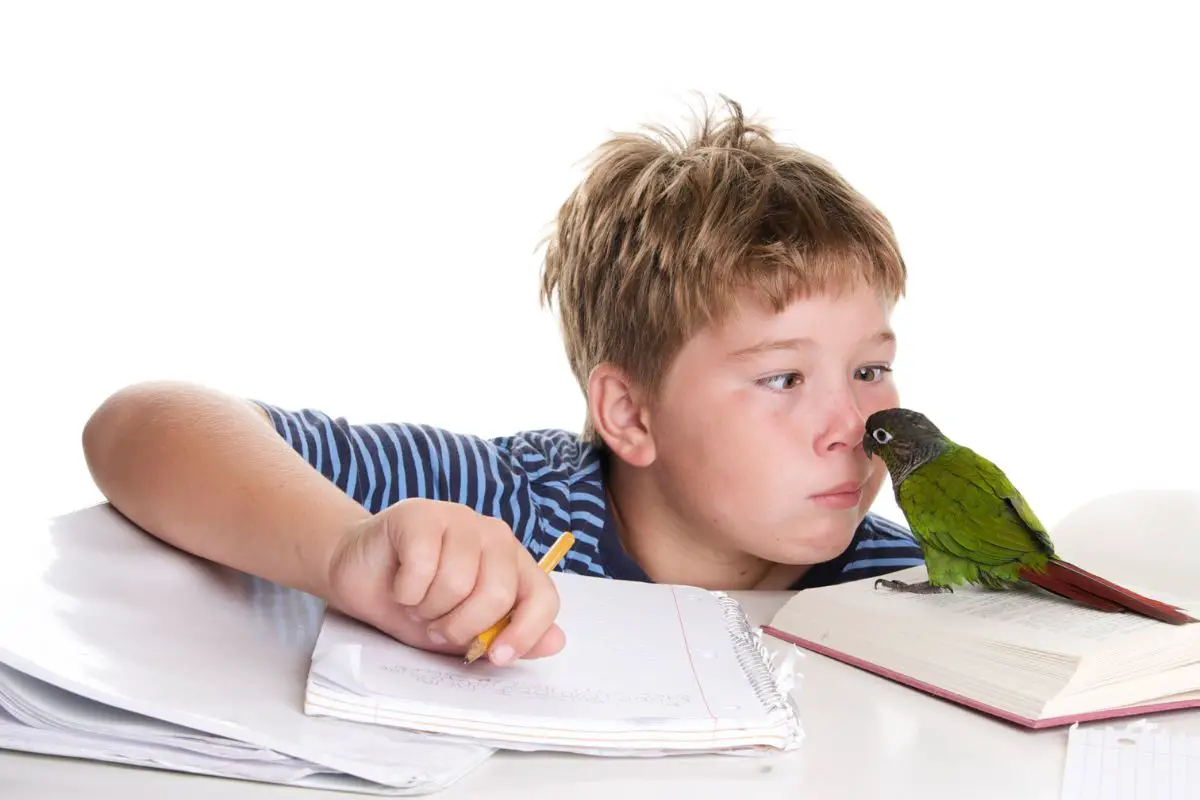
Of course, we can’t tell if these birds are enjoying these activities, and some of them such as climbing and playing with toys are things they would do in the wild to find food.
With pet birds, it’s again a case of intelligence. A lot of bird species that are kept as pets are very smart and quickly learn activities their owners want them to be able to do. Through repetition, it is easy to train a Parakeet to roll a ball or pick up something and bring it back, imitating a game of “fetch.”
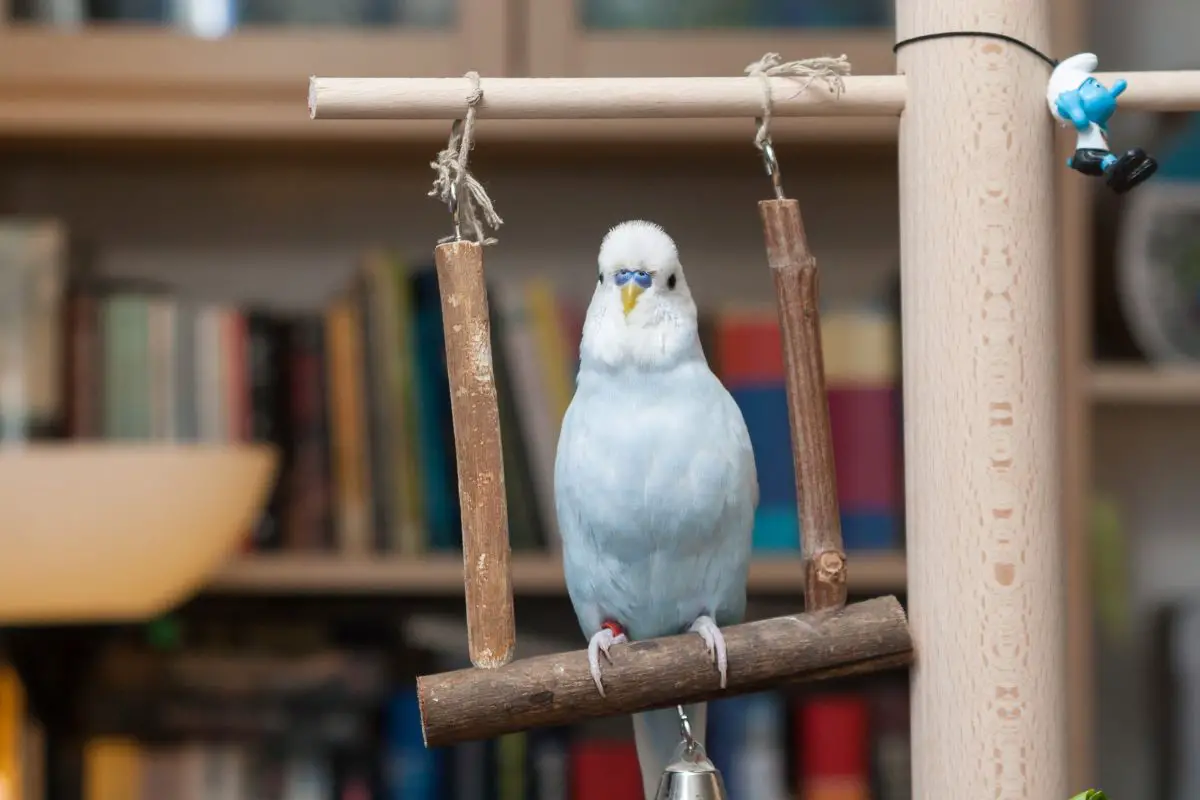
My Opinion On Pet Bird Behavior
In my opinion, the bond that quickly forms between pet owners and their birds is a huge catalyst for these “fun” behaviors. These birds become very attached to their owner, in some cases believing them to be a parent or mate. I know that my wife’s pet Cockatiel was in love with her. He used to defend her by pecking my ears and toes whenever I got too close to her. He did not like me touching her or being close to her at all?!
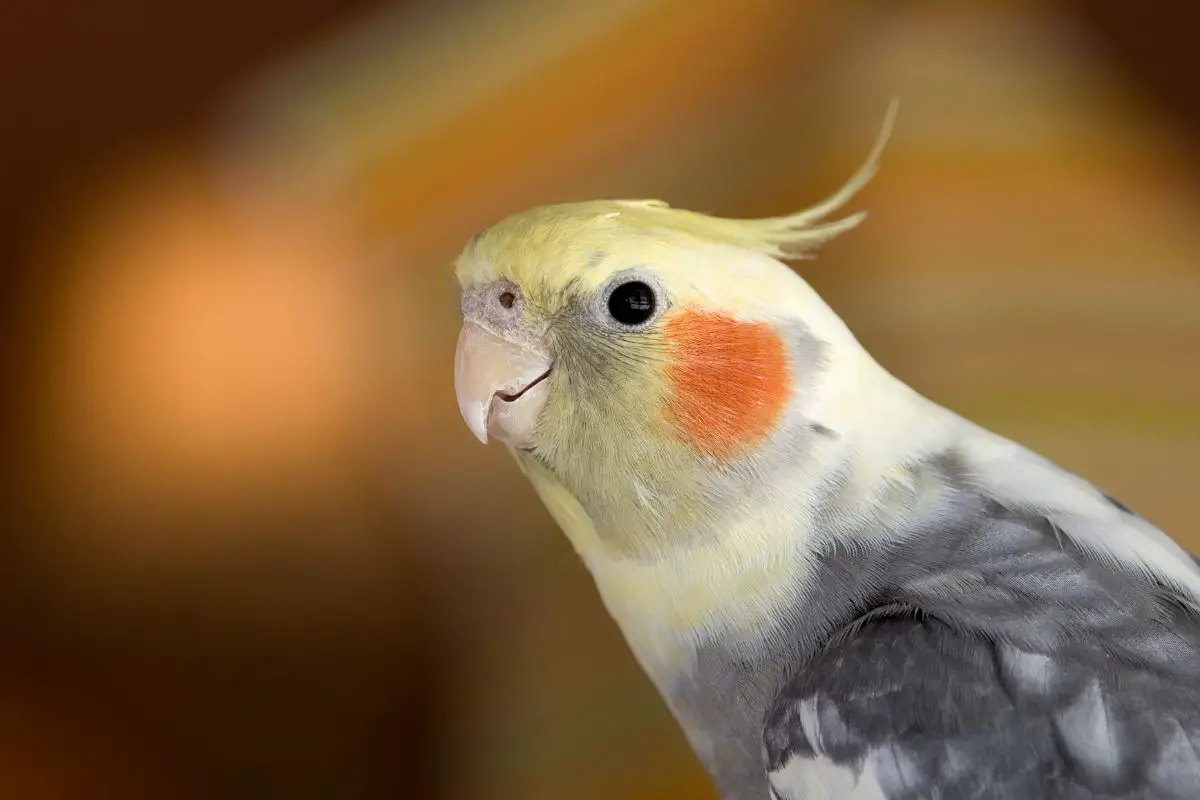
This bond makes the birds very eager to please their owners which makes training them easier. The birds may seem like they are enjoying an activity when in fact they are simply performing a rote routine to strengthen the bond between them and their carer.
At any rate, there are a neverending amount of videos online that show Parakeets, Parrots, and other pet birds doing the most bizarre things. Are they having fun? To our eyes, it seems that they are. If we can’t explain away their actions with an instinctual or natural explanation then we have to assume they are doing these things because it makes them happy.
I would love to have a conversation with a bird one day and find out exactly what it likes doing for fun. Until then…we will just have to enjoy their crazy antics and be thankful for all the things they do that make us laugh until we cry.
References
- Death Feigning By Ducks – The American Midland Naturalist
- Ravens in the Grand Canyon – Quora
- Death Feigning – The Oxford Companion To Animal Behavior

